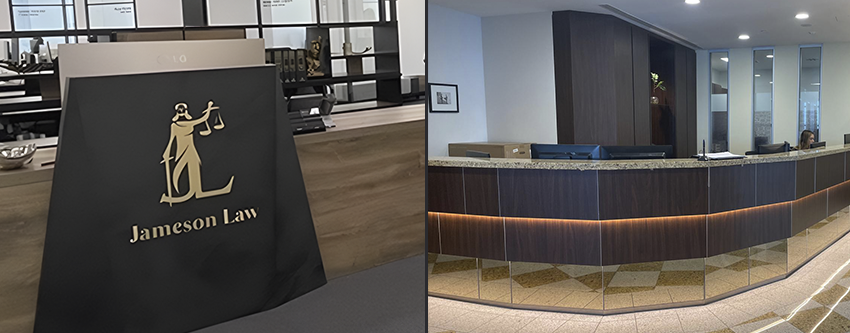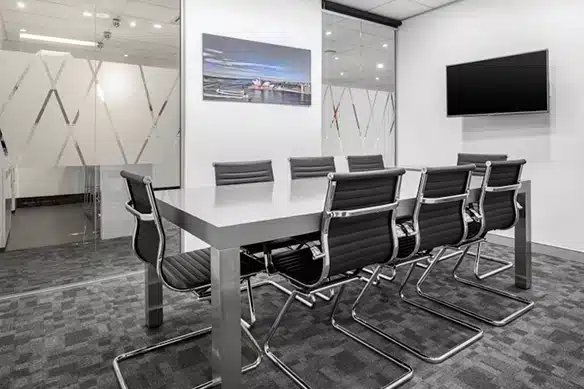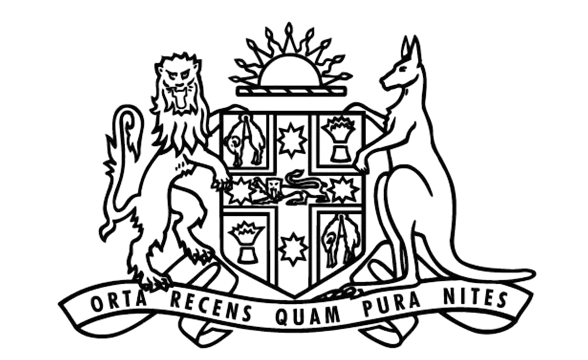Let us assume that on a sunny day you are riding when you are pulled over by a police vehicle. The officer approaches and identifies themselves, advising you that you were speeding — which may or may not come as a surprise.
The first thing to remember is that if it is a highway patrol vehicle, the conversation is recorded (audio and video). Even if it is not, the officer will make notes of anything you say. People are often nervous and speak without thinking. It is usually safer not to make admissions — especially if you do not have all the facts — because doing so may seriously compromise your potential defence. See our guidance on police interviews and your right to silence in NSW.
Similarly, if a police officer comes to your door accusing you of failing to stop, there can be issues around the identity of the rider. For example, questions may arise about the accuracy of a recorded registration number and whether it was your bike at the scene. We will cover the question of identity and demands on a registered owner in another post. If you are contacted by police, read what to do when police request to speak with you.
Generally there are four methods by which speed is assessed (excluding fixed and mobile speed cameras), listed in descending order of accuracy:
- Lidar, a handheld device that projects a laser beam aimed at a specific target.
- In-car radar, attached to the police vehicle and operating via a Doppler beam.
- Check speed, where an officer follows you and uses their digital speedometer — which shows their speed and may not be yours.
- Officer estimate, where the officer states their opinion that you were travelling at a certain speed, without an objective measurement.
Police often use one of the first three methods combined with their estimate. If you receive an allegation, consider seeking advice on speeding fines and defences in NSW.
Things to consider when you are pulled over on the side of the road for speeding
If you have the presence of mind, ask the officer where, specifically, you are alleged to have been speeding and how your speed was assessed. Take photographs of the location on your phone and, if you can, record the exact longitude and latitude. It is often difficult — especially on country roads — to pinpoint the location weeks later when you see a lawyer and decide to challenge the allegation. Our overview of NSW criminal court procedures explains what happens next if you contest a notice or charge.
If the officer was stationary when they observed you, try to view the site from their vantage point. Consider their visibility of your approaching vehicle and the maximum sighting distance when they first observed you. Again, take photographs. Note anything that could have obstructed the officer’s vision in tracking your vehicle.
Also try to assess, from when the officer first observed you and started their test, the distance you would have travelled during the test. The available distance and time to conduct the test is relevant to the alleged speed. Consider:
- What is the maximum sighting distance from where the officer stood or parked?
- From that maximum distance, how far had you travelled when the test finished? You can often infer this from when they stepped onto the road, activated lights, or showed you a lidar reading.
- If they were mobile, use when they activated lights while approaching you; or at the cross-over point (as they pass you), when they should no longer get a return from your vehicle.
If your licence is at risk, read about licence suspension appeals in NSW and options for traffic offences.
Legal defences to speeding
Here are some of the main issues to consider in a speeding charge (not exhaustive — every case needs individual analysis). If you were pulled over and did not admit the speed (and even if you did, mitigation may still be possible), we investigate:
- Photographs of where the incident occurred to identify possible obstructions to proper tracking of your vehicle.
- Distances to calculate distance over time and therefore potential speed.
- In-car video (ICV). We usually attend the police station to view the ICV. It may show what the officer could see and what you said when pulled over. At a hearing, the officer will often produce a transcript of what you said — another reason to be cautious. For in-car radar, ICV can show speeds registering, time between observation and “locking” the speed, factors affecting the Doppler beam or radar reading, and the patrol speed of the police vehicle.
For a check speed, ICV helps show whether the officer maintained a consistent distance and speed to give an accurate reading. Remember, a check speed is the police vehicle’s speed. We often see highway patrol vehicles baulked by slower traffic while a smaller, more nimble motorcycle gets through, unaware of being followed. When the patrol vehicle clears the obstruction, seconds have passed and it accelerates hard to catch up. In the rush, the alleged speed can be the patrol car’s speed — not the bike’s. If the patrol car starts from parked, there is often heavy acceleration to close distance. ICV can also reveal if the officer consistently viewed the bike during the test or lost sight, which casts doubt on a check speed or estimate. If you have been charged, see our notes on court representation and sentencing advocacy.
For an officer’s estimate — the least reliable method — the ICV may show the time and distance available to estimate. Short, instantaneous observations (for example, vehicles passing in opposite directions over a crest) are vulnerable to challenge, particularly if multiple vehicles were within view or beam. Longer observations over distance can improve estimate accuracy, but they still lack objective measurement. Discuss possible legal defences in NSW with a solicitor.
Potentially more accurate forms of assessment — lidar and radar — require more careful analysis and are covered next.
Beating a lidar and/or radar speed check
Lidar is typically the most accurate form of speed assessment. The handheld device aims a laser at a target and calculates changes in distance over time. Like any instrument, it can be compromised by calibration issues or improper use. We also consider admissibility issues under the Evidence Act 1995 (NSW) s 138 where relevant.
We check whether the device was calibrated and whether a certificate (for example, under the Road Transport Act) is produced at the hearing; failure to produce may call a reading into question. We also ask whether daily checks were done — officers typically test at prescribed distances (e.g., 25 and 50 metres) and sign a device testing book at the start and end of shift.
When lidar is used on a driver/rider, we consider:
- Whether the officer had a clear line of sight for the duration of the test.
- Whether the required three seconds of testing was realistically possible given distance and alleged speed. For example, if the maximum sighting distance is 30 metres and you are said to be travelling at 30 metres per second, that allows only one second — insufficient time.
- Excessive movement (shake) of the unit.
- Potential laser reflections from other surfaces.
For Doppler radar, we again consider calibration and beam width. Some radars project a relatively wide beam, raising target-identification issues where multiple vehicles are present. A small motorcycle travelling ahead of a faster, larger vehicle may not be the source of the return. Police may argue an error indicator appears when multiple vehicles are in the beam, but that can be open to scientific challenge. Where traffic is not sparse, target identification becomes critical. If you are unsure how to proceed, see our overview of appealing traffic infringement notices.
Guidelines have previously cautioned against using lidar or radar in locations that could attract public criticism — for example, at the bottom of hills or within 50 metres of a speed-limit change — although many restrictions have since been eased. Such context may still be relevant on a plea in mitigation. Note also that devices can be used in approaching or receding modes; an officer may activate after you pass and obtain a reading from behind. For BAC and related issues, review our drink driving (PCA) guide.
When defending cases — particularly lidar matters — some Magistrates expect scientific evidence from the defence supporting any challenge to an instrument. Experienced representation can assist with identifying what evidence is required, engaging experts, and managing court strategy. If bail or listing issues arise, read our guidance on bail applications and court procedure, or contact us via our contact page or by calling (02) 8806 0866.













